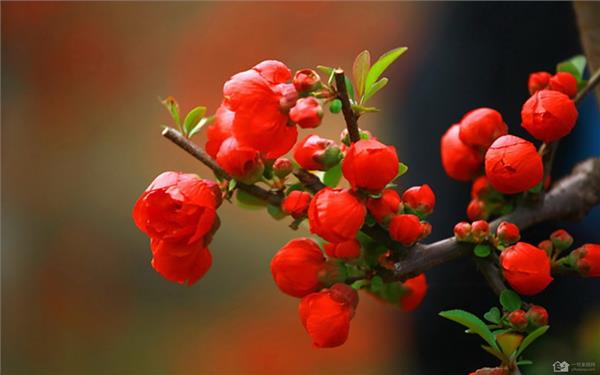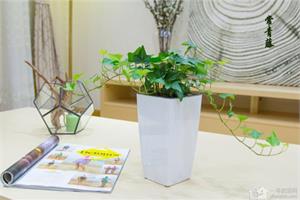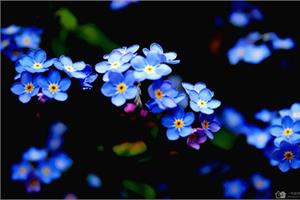How to breed common diseases of Begonia
Crabapple trees like the sun, can also withstand semi-shade, cold resistance, not strict requirements on the environment, suitable for loose and fertile, deep soil, good drainage sandy soil growth. Tripterygium has strong adaptability and extensive cultivation management. Malus balengensis trees are strong and easy to manage, and have the advantages of developed root system, more fibrous roots, cold resistance, drought resistance, waterlogging resistance, saline resistance, disease and insect resistance, barren resistance, water and humidity resistance, high survival rate of transplanted seedlings, rapid growth, suitable for all kinds of soil quality and so on. Malus angustifolia trees can be planted on flat land, hillside, hilly and sand wasteland. In normal management, the life span is more than 180 years.

Morphological characteristics of begonia tree:
The begonia fruit produced by the eight-rowed begonia tree is flat, and there are about eight obvious protrusions around it, so it is named "eight-rowed begonia". The eight-rowed begonia tree grows fast and has a long life. The young trees blossomed and hung fruit that year, and their yield doubled year by year. The branches of the eight-rowed begonia tree are slender, uniform and soft, and the tree shape is very beautiful.
Crabapple tree culture methods:
Selection of pots: crabapple trees often use deep rectangular or oval basins, square and round pots can also be used, and cliff type uses deep thousand-barrel pots. Purple sand pottery basin or glazed pottery basin is suitable for texture, and other textures are also available.
Use soil: the planting of crabapple tree is not strict on soil quality, either slightly acidic soil or neutral soil, but it is better to use loose, fertile and well-drained rotten leaf soil or pastoral soil. When putting on the basin, the bottom of the basin is cushioned with sand or vermiculite to facilitate drainage.
Planting: both in spring and autumn, and the dormant period is suitable. Begonia trees should be cut short and long roots before planting, so as not to bend in the basin. After planting, pour water thoroughly, place in shade for 1-2 weeks, and then move to a place with sufficient light.
Reproduction: the propagation of crabapple trees is mainly divided, cut and striped, and sowing is also possible. A large number of neat seedlings can be obtained by sowing and propagation, but it is not easy to maintain the original variety characteristics. Begonia has strong tillering ability, and its mother plant can be dug up and divided into 2-3 branches per plant in autumn or early spring, and can be divided 3 years after planting. Generally false planting in autumn after ramet, in order to promote wound healing, the following spring can be planted, the next year can be flowering. The hard branch cuttings are the same as the ramet period, and the young plants can also be inserted in the growing season. The plant segments with a length of about 15 meters can be inserted into plain sand or plain soil, watered and moisturized, and leaves can be produced after more than a month. It can blossom after 2-3 years of seedling planting.
Common diseases of begonia:
The common disease is pear juniper rust pain, also known as pear brocade pain. The disease is infected by two hosts. The first host is cypress, such as juniper, dragon cypress, deer horn cypress, etc., and the second host is paste stem begonia, weeping begonia, mountain juniper and so on. The first host such as cypress is not planted near the crabapple tree. During the onset of the disease, spray with 400 times of 20% verapamil EC. Or use 50% acetaminophen wettable powder 800 times liquid, spray once a month. Do not spray or spray less in dry weather. When the winter satiety angle is about to expand in the middle and late March, the mixture of 0.3% pentachlorophenol sodium is sprayed 2-3 times a month for prevention and control.
Begonia is not only an economic forest, but also the first choice to beautify the scenery, which has high ornamental value. Is the city park, road greening, garden landscape, courtyard viewing, villa beautification decorated with excellent seedlings. It is very suitable for pot planting and courtyard planting.
The above is the relevant introduction of this article, I believe you have a simple understanding of this after reading it, if necessary, you can continue to pay attention to the No. 1 home network for more information.
Related
- Wuhan Hospital Iron Tree Blooming Result Was Instantly Frightened by the Gardener Master
- Which variety of camellia is the most fragrant and best? Which one do you like best?
- What is the small blue coat, the breeding methods and matters needing attention of the succulent plant
- Dormancy time and maintenance management of succulent plants during dormancy
- Minas succulent how to raise, Minas succulent plant pictures
- What are the varieties of winter succulent plants
- How to raise succulent plants in twelve rolls? let's take a look at some experience of breeding twelve rolls.
- Attention should be paid to water control for succulent plants during dormant period (winter and summer)
- Watering experience of twelve rolls of succulent plants
- Techniques for fertilizing succulent plants. An article will let you know how to fertilize succulent plants.



